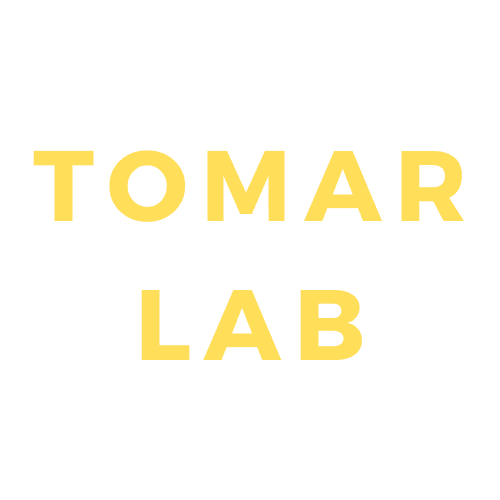Abstract
Designing of novel environmentally benign route for synthesis of nanoparticles is a prerequisite for developing nanomedicine. Medicinal plants serve as rich source of diverse phytochemicals which not only synthesize but also stabilize the bioreduced nanoparticles. Herein we report for the irst time the anticancer activity of gold and silver nanoparticles synthesized employing Gloriosa superba tuber extract (GSTE). The synthesis was found to be rapid and eficient which completed within 5 h. Optimum concentration of AgNO3 was found to be 3 mM for synthesis of AgNPs while for AuNPs it was found to be 4 mM. Higher temperature facilitated the biosynthesis process, optimum being 50°C. High resolution transmission electron microscopy revealed that the AgNPs were smaller in a range from 3 to 20 nm, majority being spherical in shape. AuNPs were of exotic shapes like spheres, triangles and hexagons that varied in size from 20 to 120 nm. Elemental gold and silver were conirmed in the AuNPs and AgNPs, respectively using energy dispersive spectroscopy and X-ray diffraction spectroscopy. Fourier transform infrared spectroscopy indicated a broad peak from 3300 to 3500 cm-1 in all the three spectra that was attributed to O-H group of phenols/alcohol, which could be a component of the GSTE that might play a critical role in synthesis and stabilization. Biochemical analysis showed the presence of phenolics, starch, reducing sugars, ascorbic acid and citric acid. Gas chromatography-mass spectroscopy indicated that the most predominant compounds found in GSTE, were phenol, 3-methoxy-(C7H8O2), salicyl alcohol (C7H8O2), benzoic acid, 2-hydroxy-6-methoxy-(C8H8O4) and asarone (C12H16O3). AgNPs exhibited 42.04 ± 1.87% anticancer activity while AuNPs showed only 35.59 ± 4.1%. A synergistic antiproliferative activity up to 58.48 ± 1.71% was observed on combination of both which was conirmed by low cytometry and confocal microscopy.

